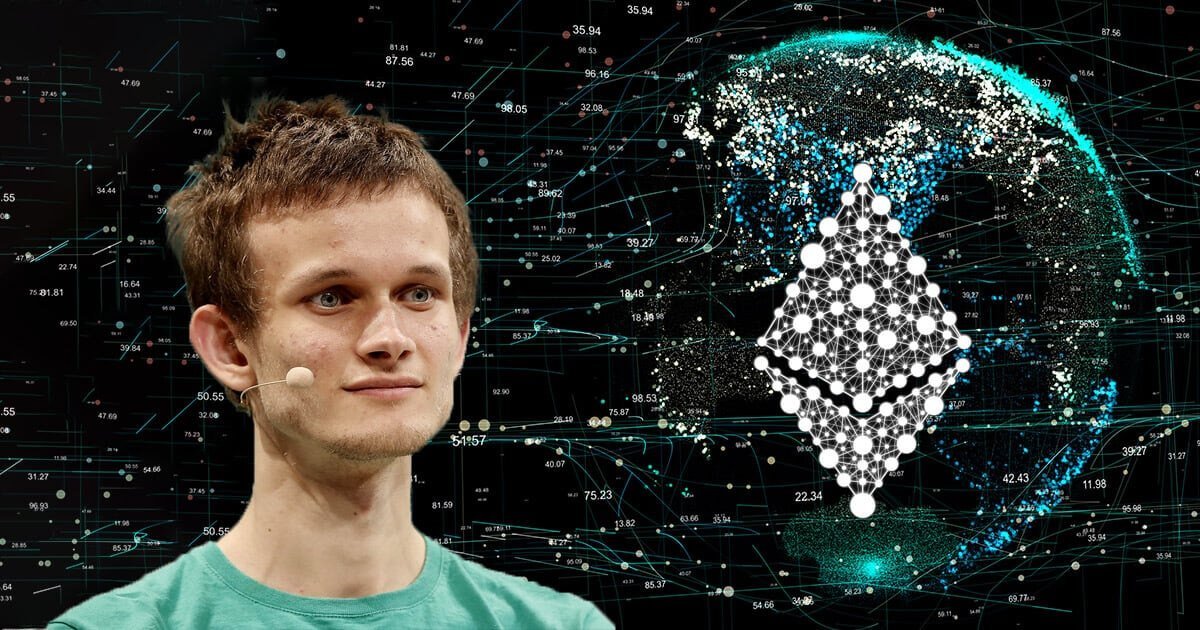Vitalik Buterin has introduced Circle STARKs, which are aimed at boosting blockchain efficiency. Unveiled at the ETHGlobal event, officials say Circle STARKs employ zk-STARK technology to enhance scalability and privacy on the Ethereum network. This development represents a significant step forward in blockchain innovation, addressing long-standing transaction speed and security issues. Buterin emphasized the potential of Circle STARKs to revolutionize smart contracts and decentralized applications by providing a more robust and efficient infrastructure. The blockchain community eagerly anticipates the widespread adoption of this new technology.

Buterin notes in his most recent post that this technical advance dramatically increases proof speed without sacrificing security protocols by using smaller fields like Mersenne31. “The most important trend in STARK protocol design over the last two years has been the switch to working over small fields,” he said.
Small Fields, Big Impact: How Circle STARKs Revolutionise Blockchain Efficiency
The use of smaller fields for cryptographic operations is the fundamental novelty of Circle STARKs. While traditional STARKs with 256-bit fields provide security, they can be time- and resource-intensive to implement. Conversely, circle STARKs provide incredible speed and efficiency advantages. It achieves this by using smaller fields such as Mersenne31.
Verifying 620,000 Poseidon2 hashes per second on an M3 laptop is one of the most remarkable performances of Circle STARKs. This kind of speed could revolutionise blockchain technology. It allows for the confirmation and processing of transactions to happen substantially more quickly. One of the primary complaints about existing blockchain systems is their slowness. This could change as a result of faster and more user-friendly decentralised applications.
However, there are several problems with the move to smaller fields. While earlier STARK implementations “naturally compatible with verifying elliptic curve-based signatures” on smaller fields, Buterin says that this “led to inefficiency” because of the huge numbers involved. This finding emphasises the tightrope that cryptographers must walk when balancing efficiency, security, and compatibility.
Vulnerabilities may be introduced by using smaller fields, which must be addressed. Due to the low number of possible values, brute-force assaults may be able to exploit traditional small fields. Circle STARKs cleverly avoid this flaw by using extension fields and a plethora of random checks.

Circle STARKs make it significantly more challenging for an attacker to guess the correct numbers by doing repeated random checks. Therefore, it increases the complexity of the verification process. Further strengthening security is the usage of extension fields. These fields increase the set of values that would be difficult for attackers to guess.
Buterin provides an explanation of the security issue: “With STARKs over smaller fields, we have a problem: there are only about two billion possible values of x to choose from, and so an attacker wanting to make a fake proof need only try two billion times—a lot of work, but quite doable for a determined attacker!” The protocol’s integrity is maintained by implementing several checks and extension fields. This provides a computational barrier that attackers find prohibitively expensive.
Circle STARKs’ forward-thinking approach to security is on full display here. The protocol takes advantage of increased efficiency and speed. Also, it compensates for the possible vulnerabilities of smaller fields, ensuring a high degree of security.
Future Prospects and Real-World Implications
There will be major, practical effects on the blockchain sector from the launch of Circle STARKs. Functions are proved to be polynomials of a given degree by the Fast Reed-Solomon Interactive Oracle Proofs of Proximity (FRI). The FRI is an essential part of Circle STARKs. Circle STARKs ensure that non-polynomial inputs fail the proof using Circle FRI, which ensures cryptographic integrity. Circle STARKs make use of tiny fields and this novel mathematical structure. Thus, it provides greater adaptability and efficiency in computational performance.
This new protocol’s efficiency and speed may enable more scalable blockchain networks that process more transactions with less computer overhead. By enhancing its performance, blockchain technology has the potential to gain traction in other industries. These include finance, supply chain management, and more.
The launch of Circle STARKs by Vitalik Buterin is a major development in the realm of blockchain technology. Circle STARKs provide an intriguing answer to some of the most critical problems with current blockchain systems. It ingeniously resolves the trade-offs between speed, efficiency, and security. As it matures, Turkishnyradio, referencing other news outlets, examines this crypto update that blockchain may drive the next wave of adoption and innovation across numerous industries.


























































































![BitTorrent [New]](https://s2.coinmarketcap.com/static/img/coins/64x64/16086.png)


















